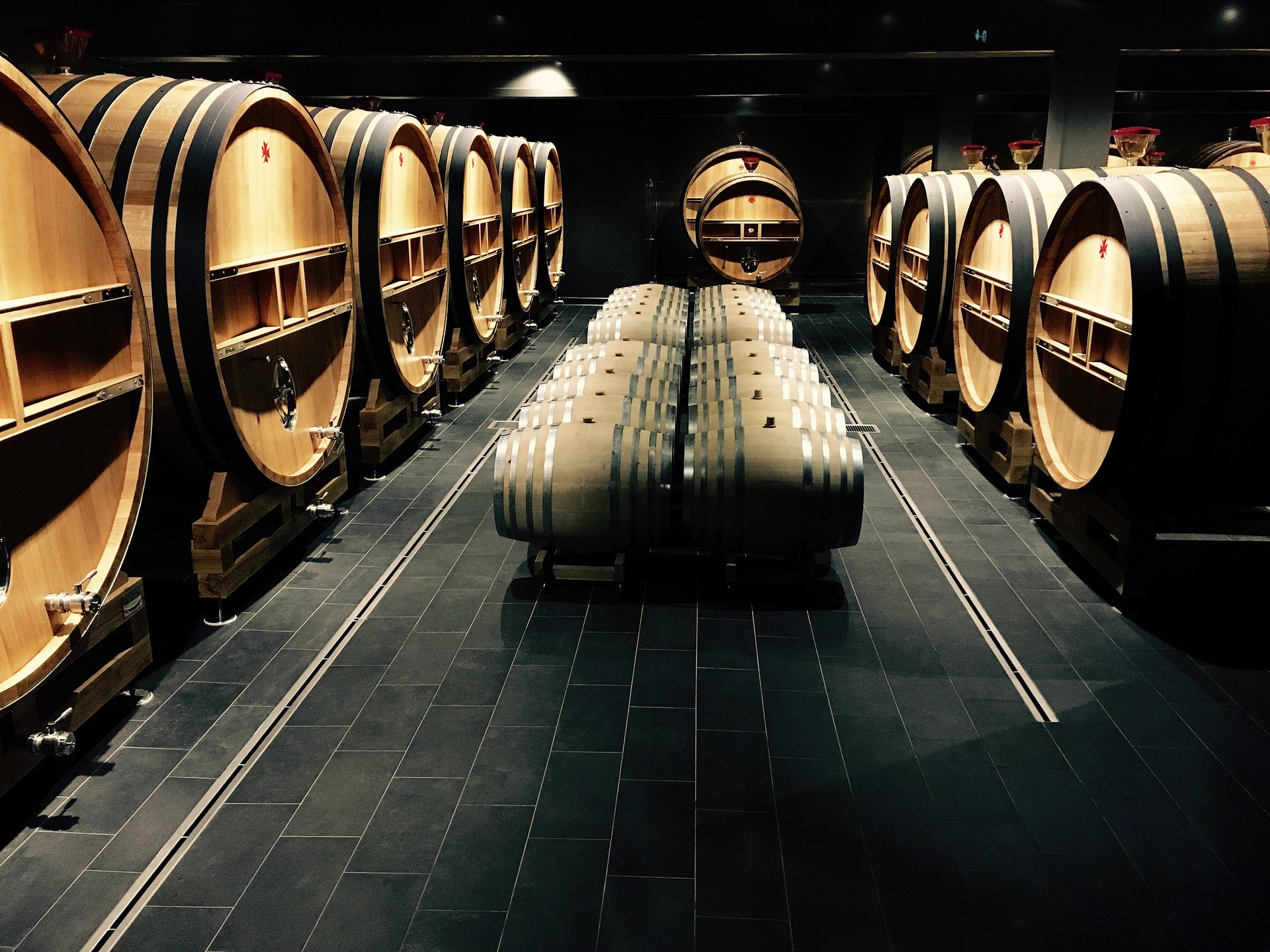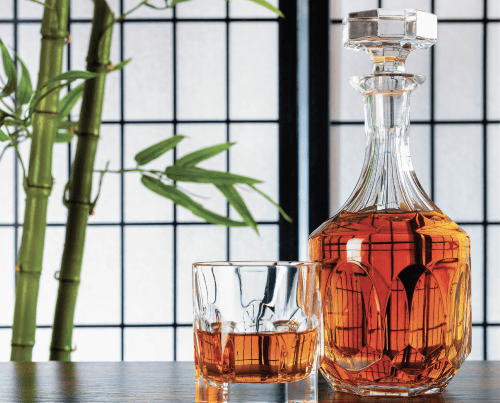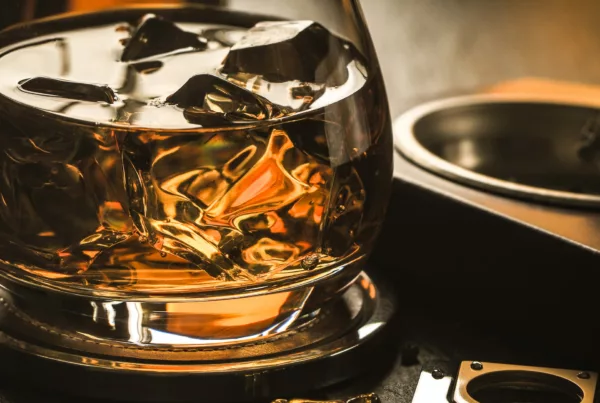Whether you treat it as an investment, a personal pet project, or merely a way to purchase whisky for consumption, one of the most frequently asked questions I get from future cask owners is, what happens if the whisky “goes bad” in the cask?
It would seem like common sense that nothing lasts forever, and with substances that we consume into our body, it couldn’t be “good forever,” which is why such concerns were raised at the very beginning. However, do try to think more carefully; what does “going bad” actually means for whisky?
Going bad as in “spoiled by bacteria”
Whisky, in fact, is not the only type of alcohol that is aged in a wooden cask. Other beverages, such as wine, and even beer, are also aged in a wooden cask for additional flavor. Low alcohol beverages like beer are very vulnerable to external bacteria and hence often closely monitored by cask managers and often pasteurized after bottling if the beer requires a clean taste. With some spontaneous fermentation beer and biodynamic wines, brewers/winemakers treat the infection as part of the inevitable process of producing these beers/wines, and the funky flavors often reflect the bacterial culture. Such infections are not considered as “spoiled”, they are instead encouraged. With whisky, it is a completely different story. Since whisky is often filled into casks at abv 63.5% or above, it is virtually impossible for a bacterial infection to occur; most bacteria do not survive at such a high alcohol level. Furthermore, whisky actually contain less sugar than most people would imagine because sugar molecules are huge and do not go through the distillation process. Without sugar as the major nutrient, it is not an ideal environment for bacteria to survive.
Going bad as in “tastes bad”
Although there is generally a common consensus in the connoisseurs’ circle in terms of what is considered a good whisky, there is almost no such consensus in the mass market, and the taste for whisky is still ever evolving. Many decades ago, incredibly dark and aggressive sherry cask whisky that we see today would be considered over-oaked and niche, yet they are currently the most sought-after type of whisky in the market, being sold for the highest price. Many decades ago, cask strength whisky was considered to be too strong and spicy, yet today we prefer all distilleries to release their whisky at cask strength and let us decide whether we would like to water it down. It is, therefore, quite unfair to say a cask has gone bad simply because it doesn’t suit your taste. For cask owners looking for a good investment opportunity, we must always look at what the market is looking for without bias, and judgment from our personal preference. For drinkers/bottlers, you are always given the opportunity to taste your cask every year to monitor the taste and bottle it once you see fit. The whisky in the cask is ever-changing, and at no two points in time would they taste exactly the same. This is what makes whisky so interesting and an inherently fun adventure to be a cask owner.






